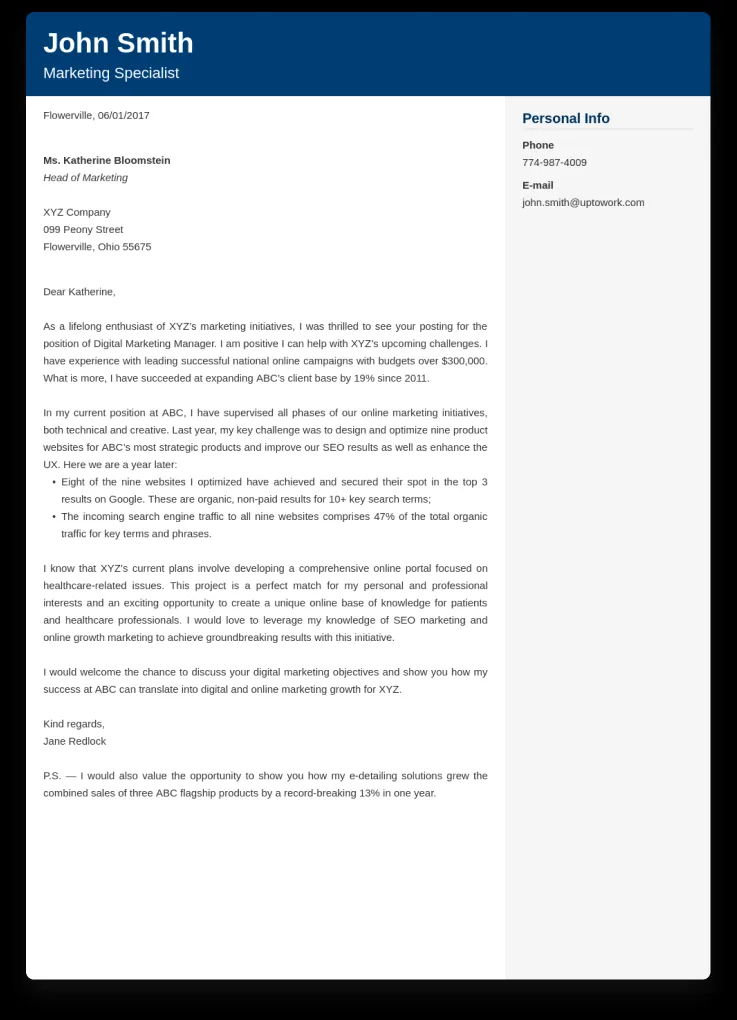Why a Cover Letter Matters for Career Builder
In today’s competitive job market, a well-crafted cover letter can be your golden ticket to landing an interview. It’s more than just a formality; it’s your first opportunity to make a lasting impression on a potential employer. Think of it as your personal sales pitch, a chance to showcase your personality, passion, and unique qualifications that make you the ideal candidate. For users of Career Builder, understanding the significance of a cover letter is paramount. Many employers on the platform explicitly request or strongly recommend a cover letter. By neglecting this crucial document, you risk being overlooked, even if your resume is stellar. A strong cover letter demonstrates your genuine interest in the specific role and the company, setting you apart from other applicants who may only submit a resume. On Career Builder, where hundreds of jobs are listed daily, a cover letter becomes essential for making a memorable impact and securing your place in the interview pool.
Understanding the Purpose of a Cover Letter
The primary purpose of a cover letter is to complement your resume by providing additional context, personality, and enthusiasm. It’s where you can expand on your skills and experience, highlighting the specific ways you can contribute to the company’s success. A cover letter allows you to tailor your message to the specific job and employer, demonstrating that you’ve done your research and understand their needs. It’s also an opportunity to showcase your communication skills and writing style. Consider what you want the hiring manager to remember about you. This is where you can inject some of your personality and tell your story, creating a human connection that a resume alone cannot achieve. The goal is to move beyond a list of qualifications and create a narrative that presents you as the best fit for the role. A well-written cover letter communicates your interest, your qualifications, and your potential value in a way that encourages the reader to want to learn more about you.
Highlighting Your Skills and Experience
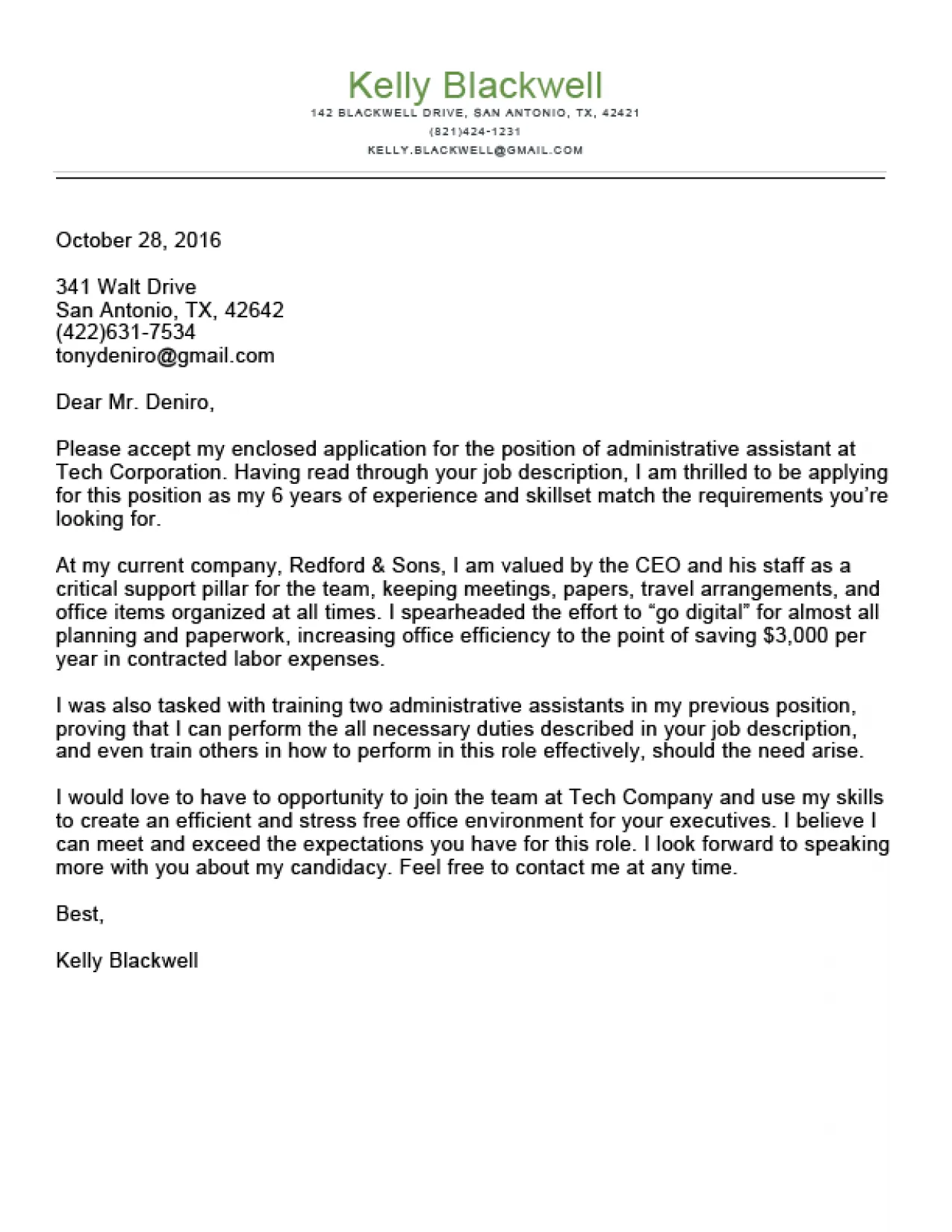
Your cover letter should shine a light on the specific skills and experiences that make you a perfect match for the job. Begin by carefully reviewing the job description and identifying the key requirements. Then, select a few of your most relevant accomplishments and use them to showcase your abilities. Provide concrete examples of how you’ve successfully used these skills in the past. Quantify your achievements whenever possible to demonstrate the impact you made. For instance, instead of saying ‘Managed social media accounts,’ you might write, ‘Increased social media engagement by 40% in six months by implementing a new content strategy.’ This specificity not only validates your skills but also makes your cover letter more persuasive. When listing your experience, make sure to explain how it aligns with the job’s requirements and the company’s needs, showing them how you can solve their problems.
Researching the Employer and Job
Before you even begin writing your cover letter, thorough research is essential. Investigate the company’s mission, values, and recent accomplishments. Look at their website, social media profiles, and news articles to get a sense of their culture and priorities. This information is invaluable in crafting a targeted cover letter. The job description is another goldmine of information. Carefully analyze the responsibilities, qualifications, and desired skills listed. Tailor your cover letter to address these specific points directly. Mentioning the company by name and referencing their initiatives or goals will show your genuine interest and that you’ve invested time and effort in understanding their needs. This level of personalization makes you stand out from the generic applicants who send out a one-size-fits-all letter. Use the company’s language and terminology to further demonstrate your compatibility.
Key Components of a Killer Cover Letter
Crafting a Compelling Opening
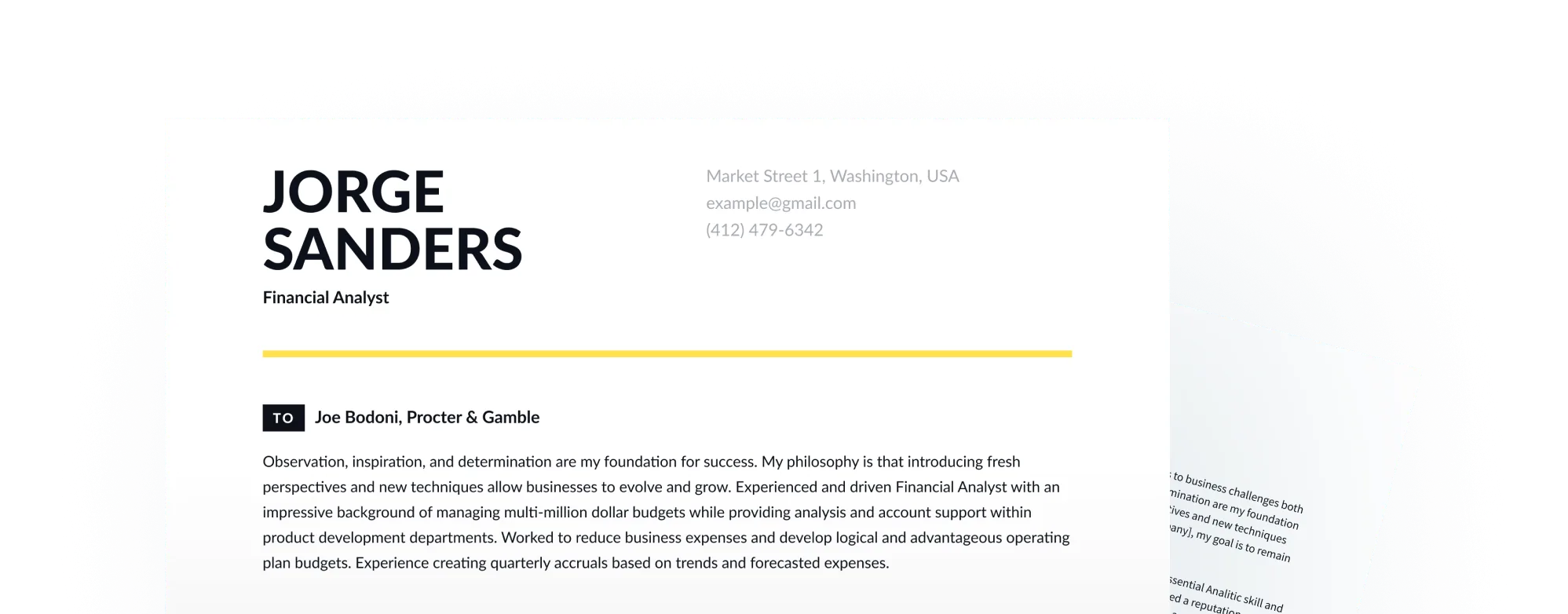
The opening of your cover letter is your first and best chance to grab the reader’s attention. Avoid generic phrases such as ‘I am writing to apply for the position of…’ Instead, start with a strong hook. Consider mentioning a mutual connection, a specific achievement, or your enthusiasm for the company. State the position you’re applying for, but don’t just repeat the job title. Instead, briefly explain why you’re a perfect fit. For example, you could write, ‘Driven by a passion for innovative marketing strategies, I was excited to see the Marketing Manager position advertised on Career Builder.’ This approach shows your excitement and makes the reader want to know more. Keep it concise, enthusiastic, and immediately relevant to the job. The opening sets the tone for the rest of the letter and determines whether the reader will continue.
Showcasing Your Achievements and Skills
This is where you provide the substance of your cover letter. Back up your claims with concrete examples and quantifiable results. Use the STAR method (Situation, Task, Action, Result) to structure your accomplishments. Describe the situation, your task, the actions you took, and the positive results you achieved. For instance, ‘In my previous role at X company, I identified a need to revamp the customer service process (Situation). My task was to streamline the process to improve customer satisfaction (Task). I implemented a new ticketing system and provided training to the team (Action). As a result, we saw a 20% increase in customer satisfaction scores and a 15% reduction in resolution times (Result).’ This level of detail gives the employer tangible evidence of your abilities and makes your accomplishments more convincing. Focus on the achievements most relevant to the job description.
Demonstrating Your Value to the Employer
Every sentence in your cover letter should contribute to demonstrating your value to the potential employer. Explain how your skills and experience can solve their problems or contribute to their goals. Discuss how you can make a difference in the role and the company. Show that you understand the company’s needs and can bring unique value. Mention specific ways you plan to contribute to the company’s success if you are selected for the role. Emphasize how your qualifications align with the job requirements and why you are the ideal candidate. Highlight any skills, experiences, or accomplishments that make you uniquely suited to the position and the company culture. This shows the employer that you are not just looking for a job but are genuinely interested in helping them achieve their objectives.
Closing the Cover Letter Effectively
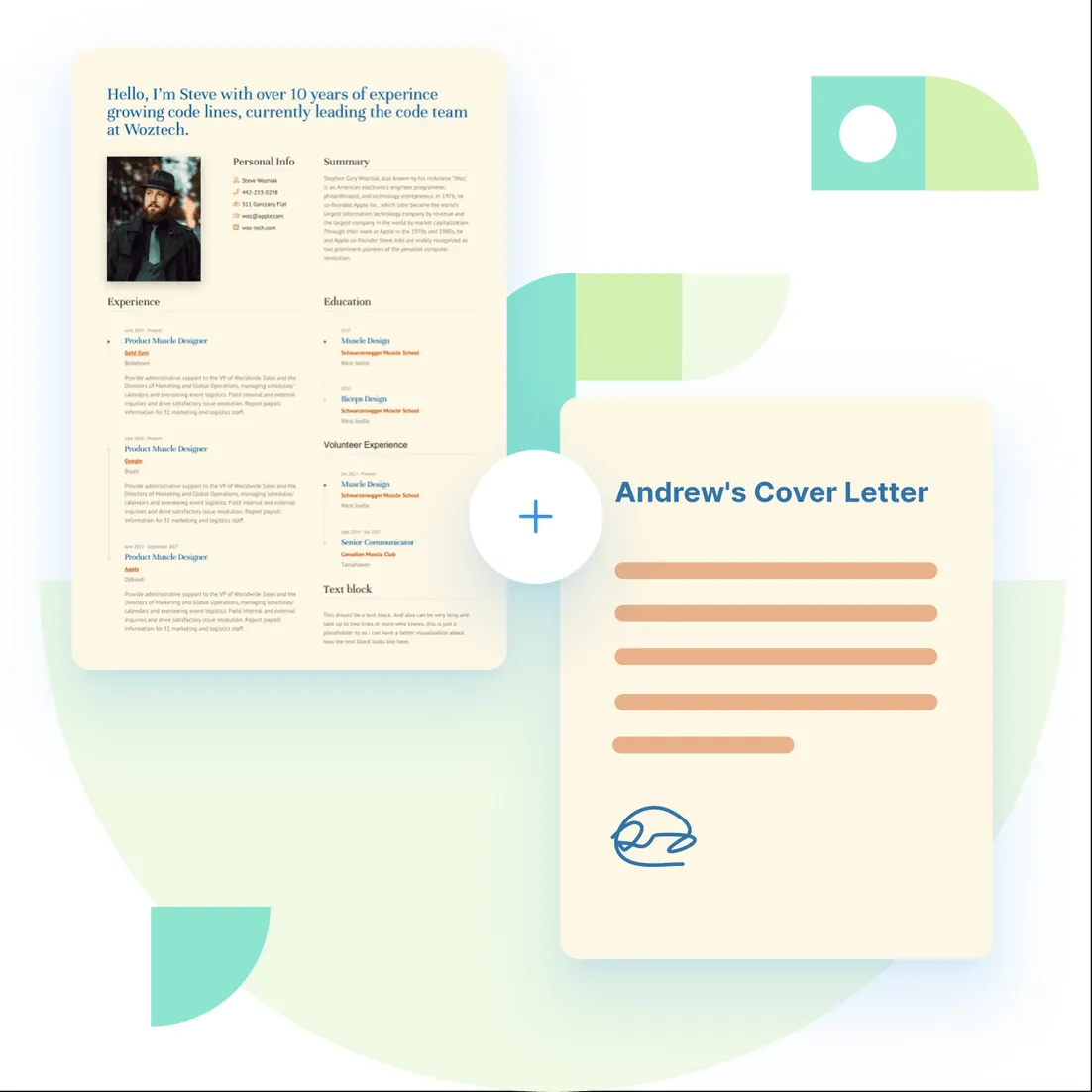
Your closing paragraph should reinforce your interest and make a strong final impression. Thank the reader for their time and consideration. Reiterate your enthusiasm for the role and the company. You can briefly summarize your key qualifications and why you believe you are a good fit. Avoid cliché phrases like ‘I look forward to hearing from you.’ Instead, use a clear and direct call to action. Indicate your willingness to discuss your qualifications further and express your anticipation of an interview. A strong close leaves the reader with a positive impression and encourages them to take the next step. Make sure your closing paragraph is concise, professional, and reflects your genuine interest and excitement about the opportunity.
Call to Action and Contact Information
The final step is to provide a clear call to action and your contact information. Request an interview to discuss your qualifications further. Make it easy for the hiring manager to reach you by including your phone number and email address. Double-check that your contact information is accurate and professional. Consider including a link to your LinkedIn profile to provide additional details about your professional background. This gives the reader an easy way to learn more about you. Make sure your email address is professional, ideally including your name, and avoid using informal email addresses. Ensuring your contact details are correct and easy to access ensures the employer can easily reach out.
Formatting and Proofreading Your Cover Letter
Formatting for Readability
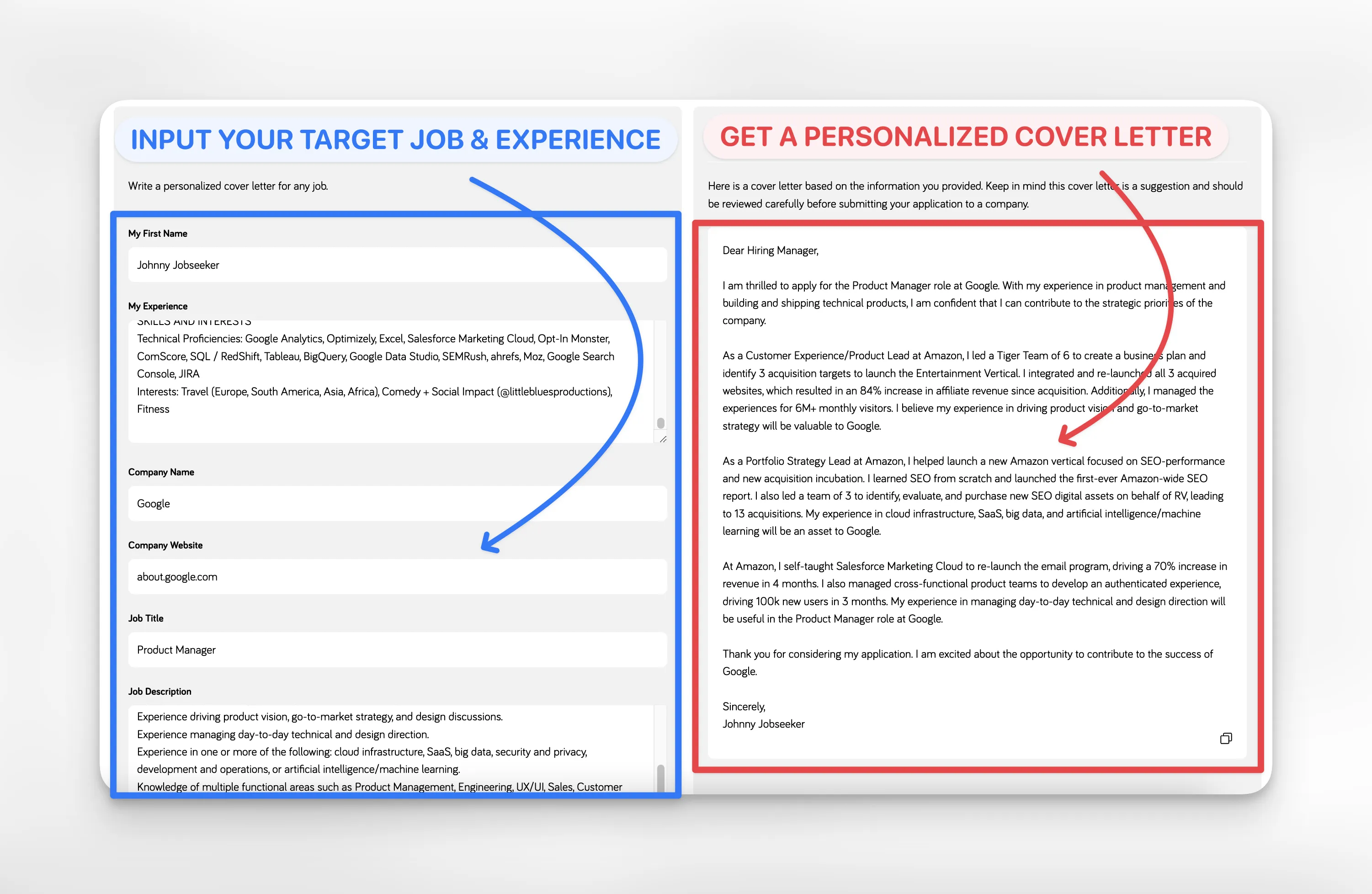
The visual presentation of your cover letter can influence the reader’s perception. Choose a clear, easy-to-read font such as Times New Roman, Arial, or Calibri. Use a font size between 10 and 12 points to ensure readability. Maintain consistent formatting throughout the document. Use ample white space to avoid a cluttered appearance. Keep paragraphs concise, typically no more than four to five sentences. Use bullet points to highlight key achievements or skills, as this helps the reader quickly grasp the information. Ensure that your cover letter is well-structured with clear headings and subheadings, making it easy for the reader to navigate and understand the content. Well-formatted cover letters are perceived as more professional and demonstrate attention to detail.
Proofreading for Errors
Proofreading is non-negotiable. Typos, grammatical errors, and spelling mistakes can undermine your credibility. Carefully review your cover letter multiple times. Use a spell checker and grammar checker, but don’t rely on them entirely. Read your cover letter aloud to catch any awkward phrasing or errors. Have a friend, family member, or career advisor review it for you. A fresh pair of eyes can catch mistakes you may have missed. Ensure the company name, job title, and any specific details are correct. Proofreading is a critical step that significantly impacts your professional image. A polished, error-free cover letter conveys professionalism and attention to detail, increasing your chances of making a positive impression and landing an interview.
Tailoring Your Cover Letter for Career Builder
Customizing Your Letter for Each Application
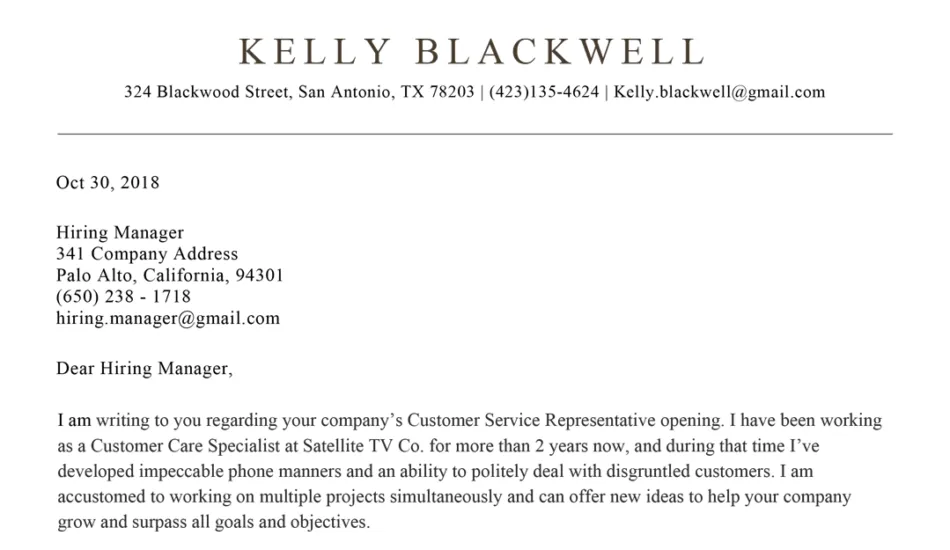
Sending a generic cover letter to multiple jobs on Career Builder is a common mistake. Employers can easily recognize generic cover letters, and they won’t be impressed. Customize each cover letter for the specific job and company. Review the job description carefully and align your skills and experience with the requirements. Research the company and tailor your letter to demonstrate that you understand their needs and goals. This is a time-consuming process, but the effort significantly increases your chances of getting an interview. Mention the job title in your letter and reference specific projects or initiatives related to the company. Customization indicates you have invested the time and effort to understand the role, show genuine interest, and increase your odds of getting an interview.
Showcasing Relevant Experience
When applying for jobs through Career Builder, emphasize the experiences most relevant to the specific role. Highlight the skills, projects, and accomplishments that directly align with the job requirements. Use keywords from the job description to ensure your cover letter is easily scanned by applicant tracking systems (ATS). However, don’t overuse keywords, as it can make your letter sound unnatural. Use specific examples and quantifiable results to show how you have used your skills and how they have benefited previous employers. For example, ‘Increased sales by 15% within six months…’ or ‘Improved customer satisfaction scores by 20%…’ These specifics and quantifiable results are more likely to catch the eye of the hiring manager. This strategy helps demonstrate your direct value to the employer and increases the chances of standing out.
Common Mistakes to Avoid
Generic Cover Letters
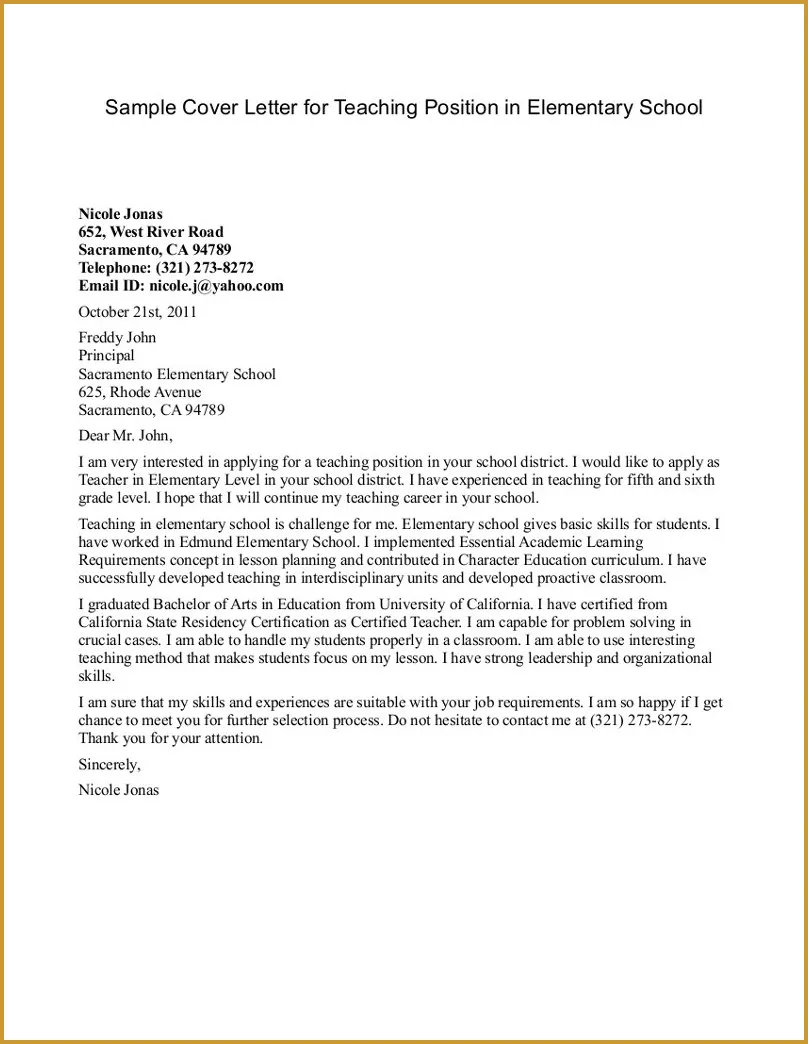
Sending generic cover letters is one of the most common mistakes. A generic cover letter lacks the personalized touch that demonstrates your genuine interest and understanding of the job and the company. Employers can spot a generic letter quickly, and it shows a lack of effort, which can lead to immediate rejection. Avoid using a template without customizing it to match the specific job and company. Always tailor the content to highlight your most relevant skills, experiences, and accomplishments. Do your research to understand the company’s needs and demonstrate in your cover letter how you can address them. Personalization is critical, and it’s essential to show the hiring manager that you genuinely want the job and understand what it entails.
Typos and Grammatical Errors
Typos and grammatical errors can damage your credibility and show a lack of attention to detail. These errors make you seem unprofessional and can lead to your application being overlooked. Always proofread your cover letter carefully. Use a spell checker and grammar checker, but don’t rely on them completely. Proofread the document aloud to catch errors that you might miss while reading silently. Have a friend or family member review your cover letter to get a fresh perspective. Ensuring that your cover letter is free of errors is a fundamental step in making a good first impression. A mistake-free cover letter demonstrates your commitment to professionalism and attention to detail. These small details can significantly impact your chances of getting an interview.
Ignoring the Job Description
Failing to address the job description’s specific requirements is another critical mistake. Your cover letter should demonstrate how your skills and experience align with the job’s responsibilities and requirements. Review the job description closely and use keywords from it in your cover letter. Avoid making the mistake of sending a general cover letter without referencing the specifics of the job. Demonstrate that you understand the role and have the skills and experience to excel in it. Customize your cover letter to emphasize the experience that is most relevant to the role. This demonstrates that you have considered the job’s specific needs and that you are qualified for the position. By following these steps, you increase the probability of being selected for the interview.
Using Cover Letter Templates Effectively
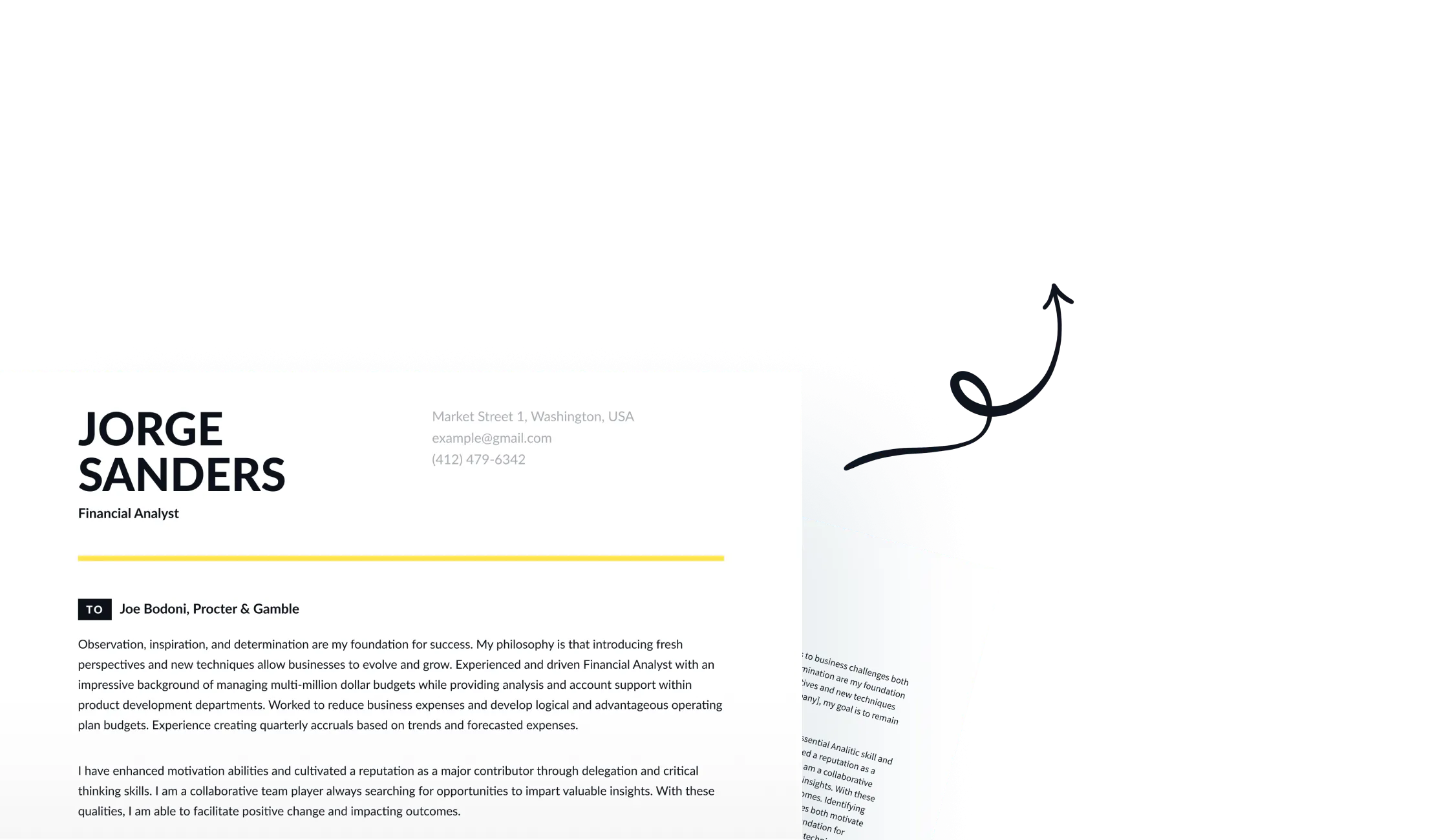
Selecting the Right Template
Cover letter templates can be helpful, but it’s important to choose the right one. Select a template that aligns with your industry and the type of job you are applying for. Choose a template that has a clean and professional design. Avoid templates that are overly ornate or distracting, as they can detract from your message. Ensure that the template is easy to customize and allows you to highlight your key skills and experiences effectively. Consider templates with clear sections for the introduction, body, and closing, as these can help you organize your thoughts. Be sure that the template can easily be adapted to your unique needs. Remember that the template should complement your content, not overshadow it. The template is only the foundation, and the most important factor is the text you use to fill it.
Customizing the Template to Fit Your Needs
Using a template is just the beginning. You must customize it to reflect your unique skills and experiences, and ensure that the letter is tailored to the specific job. Do not use a template without personalizing it. Tailor the content to the specific job and company by highlighting your most relevant skills and experiences. Use keywords from the job description to show the hiring manager that you have read it and have the required skills. Adjust the language to align with your personality and professional style. Incorporate specific examples of your achievements to demonstrate your capabilities. Ensure that the template is well-formatted and free of any errors. The goal is to transform the template into a personalized cover letter that accurately represents you and aligns with the requirements of the job. This level of customization will increase the chances of getting an interview and landing your dream job.
